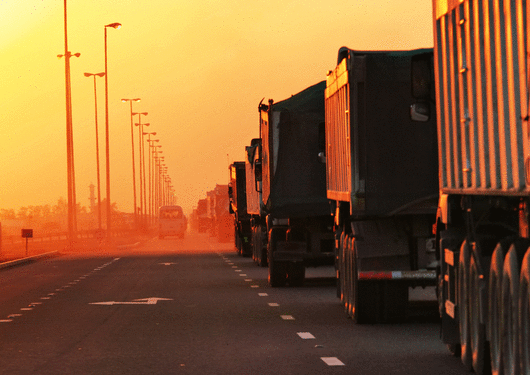
Visit Our Sponsors |
|
|
|
|
|
|
|
|
|
|
|
|
|
|
|
|
|
|
|
|
|
|
|
|
|
|
|
|
|
|
|
|
|
|
|
|
|
|

Every day, some 300,000 commuters on two dozen passenger train lines converge in Chicago, where they share limited real estate with six major railroad lines and 30,000 to 50,000 freight cars, or roughly 25 percent of the country's freight rail traffic.
Chicago is the country’s No. 1 hub for freight traffic and No. 2 for commuter train lines — and its problems can bog down the whole system. Over the years, the city’s densely populated neighborhoods, grinding local politics and a host of infrastructure issues have kept trains from running on time. Road traffic and shared rail lines between commuter and freight systems have created the worst rail backlogs in the country. In 2003, it could take trains as long as 43 hours to crawl through Chicago, in some cases at five miles an hour.
That same year, city and state officials and railroad industry representatives undertook a $4.4bn program called Chicago Region Environmental and Transportation Efficiency (or Create) to tackle rail congestion, point by point. Backers of the project estimate it will yield some $31.5bn in economic benefits over the life of the project.
The program has grown to include 70 projects, 28 of them completed, including overpasses where passenger train and car traffic overlap, track upgrades and better coordination of shared tracks.
RELATED CONTENT
RELATED VIDEOS
Timely, incisive articles delivered directly to your inbox.






